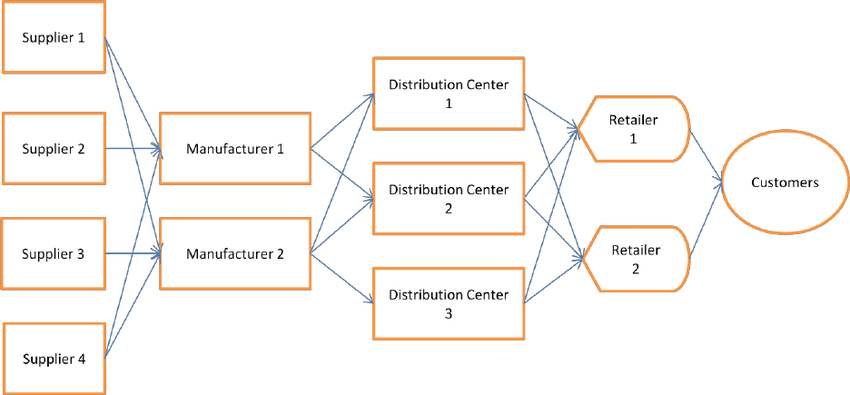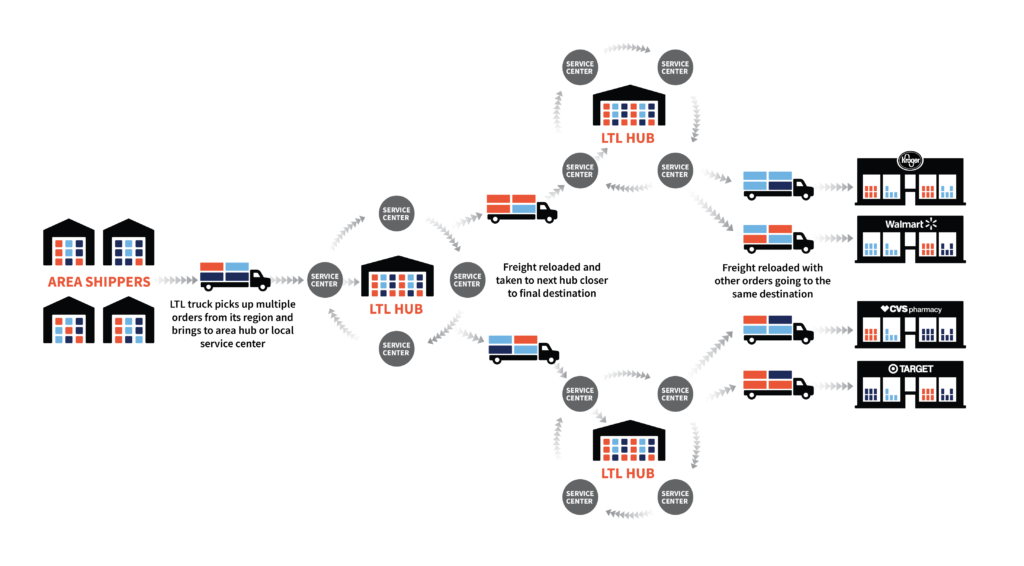
Prescriptive Analytics
Prescriptive analytics represents a cutting-edge approach in supply chain advisory, where advanced data analysis techniques are employed to delve deep into historical and current supply chain performance data. This goes beyond merely understanding past and present trends; it involves leveraging this data to recommend specific, actionable strategies aimed at enhancing supply chain operations. At Patliputra Logistics, our supply chain advisory services are distinguished by our adept use of prescriptive analytics, allowing us to offer our clients strategic recommendations that drive tangible and sustainable improvements in their supply chain operations. One of the key aspects of prescriptive analytics is its ability to not only identify areas for improvement but also to propose precise actions that can be taken to address these areas. This is achieved through the use of sophisticated algorithms and models that can analyze complex datasets to uncover hidden patterns and correlations.
Supply Chain Network Design
Supply chain network design involves optimizing the structure and configuration of a supply chain to achieve strategic objectives such as cost reduction, improved service levels, and enhanced agility. This process considers factors like facility locations, transportation modes, inventory placement, and demand variability to create an efficient and responsive network that meets business goals.


Last mile Route Optimization
Last mile route optimization focuses on optimizing the final leg of the delivery process, from distribution centers to end customers. This involves efficient planning of delivery routes to minimize costs, reduce delivery times, and improve overall delivery performance. Advanced technologies like GPS tracking and route optimization algorithms are used to streamline last mile operations and enhance customer satisfaction.
Consolidation Load Optimization
Consolidation load optimization involves the strategic grouping of multiple shipments into a single load to maximize transportation efficiency and reduce costs. By consolidating shipments based on factors like destination, size, and weight, companies can minimize empty space in trucks, improve route efficiency, and achieve economies of scale in transportation operations. This approach helps to lower transportation costs and reduce environmental impact by optimizing the use of resources.

